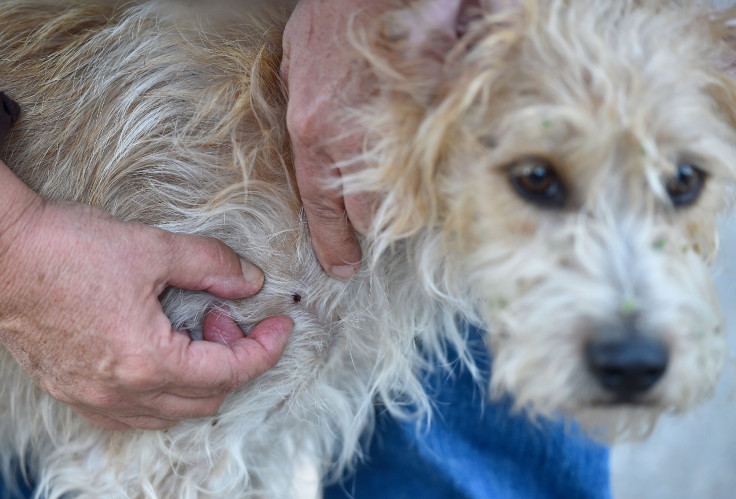What Is Tick Paralysis? Pet Owner Warns After Dog Dies Of Disease

A pet owner in Queensland, Australia, warned people about tick paralysis after her beloved pet died of the disease recently.
Belinda Taudevin told Yahoo 7 on Sunday she lost her pet after a tick bite.
“He was in there for four days but the tick was too strong for him and he was too weak, so we had no choice but to let him go,” she said.
Experts warned ticks can be found even in coastal areas and not just in bushland or grass. They also warned people who were treating an animal that’s been bitten to take care.
Brisbane Veterinary Specialist Centre vet Darren Fry said, “The important thing is to make sure you find the tick early, before it’s had a chance to stay on the animal for too long.”
Taudevin said she has learnt the importance of checking for ticks every day, however in a hard way.
“It was a hard lesson to learn, to always be vigilant after every walk,” she said. “Check your dog, always make sure there is no little lump there that’s not normally there.”
She has another four-legged friend and she ensured to check for ticks every single day.
“Around the collar is always a good place to check,” she said.
A dog’s risk of getting ticks depended more on the environment around it than its breed. While ticks prevailed all year in Southern Unites States, they prevailed only in summer in colder places.
Wag Walking reported tick paralysis was caused by salivary neurotoxin(s) produced by certain species of ticks including the American dog tick (Dermacentor variabilis), Rocky Mountain wood tick (Dermacentor andersoni), Lone star tick (Amblyomma americanum), Deer tick or Blacklegged tick (Ixodes scapularis).
The primary symptoms of the disease included vomiting, muscle weakness, partial loss of muscle movement, dilation of pupils, difficulty in eating and standing and also excessive drooling. These symptoms may last for up to seven days after the tick attaches itself to the dog.
Diagnosis of the disease in dogs included a physical examination such as analyzing the dog’s muscle tone and testing its reflexes.
The treatment in majority of the cases included removal of all the ticks followed by insecticidal bath in order to kill any ticks that may have been missed. However, in some advanced cases the dog may have to be hospitalized.
Post proper treatment, 95 percent of the times the dog recovered completely; however, in some cases there were chances of death. This risk increased with the number of times the dog was infected with the toxin and the period of it being left untreated. The dogs must be kept away from physical activity during the recovery.
© Copyright IBTimes 2024. All rights reserved.





















